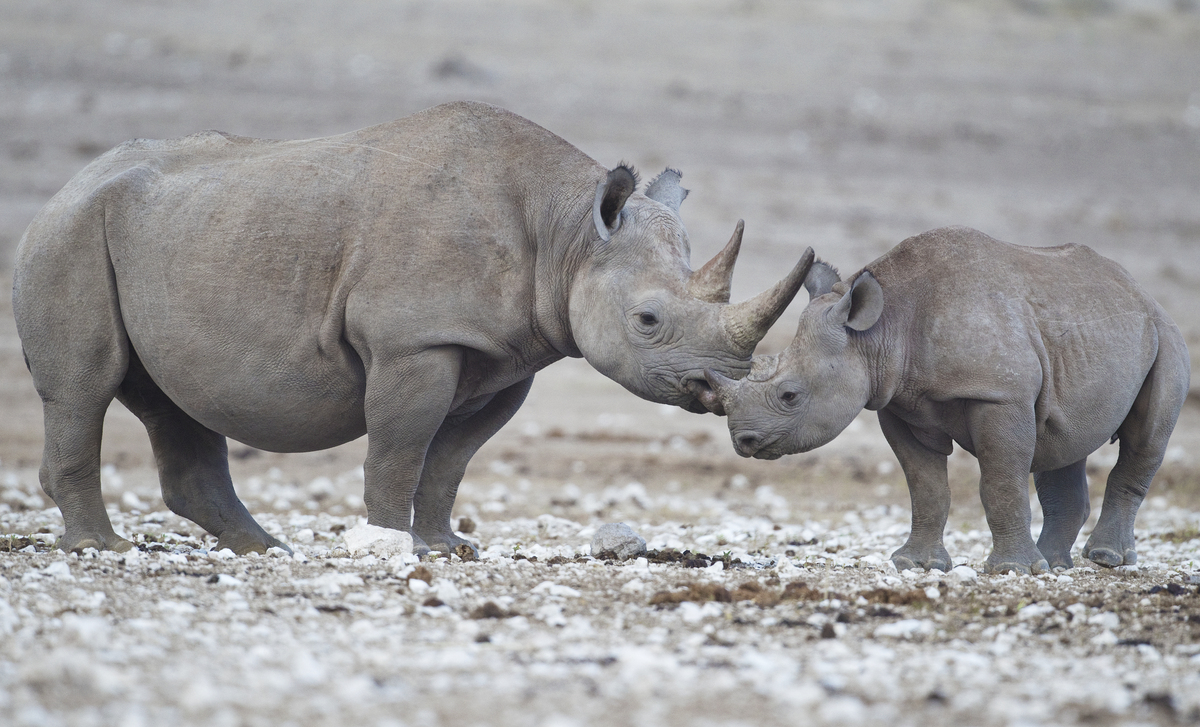What makes Earth unique among its peer planets is that it supports life. For ages, the planet has embraced diverse forms of life that flourished across its oceans and lands and has been home to innumerable species. However, there have been times when mass extinction strokes or biotic crises took place, killing 50−95% of the existing species and causing dramatic changes in the planet biotic characteristics.
Such events took place over thousands or even millions of years, and it also took millions of years before biodiversity flourished once again. Paleontologists have thus far spotted five major mass extinction episodes spanning geologic time. This was possible through studying, compiling, and modeling databases, and marking the fossils that went missing from the global record.
The Ordovician-Silurian extinction was the first in the Earth’s history, occurring around 445 million years ago. It marked the end of the Ordovician Period and the beginning of the Silurian Period, and was mainly attributed to a drastic decrease in temperatures. This event eliminated an estimated 85% of all Ordovician species on three phases, the first of which was related to rapid cooling. The second wave was related to decreasing sea level associated with glaciation, which significantly reduced the available habitat for marine organisms. As the sea level rose again during early Silurian period, the third wave of extinction took place.
The second mass extinction event was the Late Devonian that accrued 359 million years ago and ranks least severe among the five extinction events. It marked the end of the Devonian period and the beginning of the Carboniferous period. The Late Devonian extinction eliminated 70−80% of all animal species and about 20% of animals families. Researchers agreed that it resulted from a combination of several stresses, rather than a single cause. Evidences refer to excessive sedimentation, rapid climatic changes, bolide impacts, or considerable nutrient shortage.

The greatest mass extinction in Earth’s history, the Permian extinction, followed 248 million years ago; it marked the end of the Permian period and the start of the Triassic period. The Permian extinction was characterized by the elimination of over 95% of marine species and 70% of terrestrial species; moreover, over half of all taxonomic families present at the time disappeared. The Permian extinction is attributed to several factors, including disturbances in nutrient cycles, global warming due to the explosion of methane-producing organisms populations, changes in the carbon cycle, and basalt eruptions.

Fifty million years later, the End-Triassic extinction occurred, marking the end of the Triassic period and the start of the Jurassic period. It resulted in the demise of 76% of all species and 20% of taxonomic families. Researchers maintain that the End-Triassic extinction episode was the key event that allowed dinosaurs to become Earth’s dominant land animals, having opened ecological niches for them. Most probably, the volcanic activities associated with the rifting of the supercontinent Pangea—where eastern North America met northwestern Africa—were responsible for this episode. Large amounts of carbon dioxide were emitted from the volcanoes, causing global warming and ocean acidification.

The fifth extinction event was the Cretaceous–Tertiary, which occurred 66 million years ago; it marked the end of the Cretaceous period and the start of the Paleogene period. The extinction event was responsible for eliminating approximately 80% of all species, including nearly all dinosaurs and many marine invertebrates. There have been several hypotheses on the extermination of dinosaurs, which has puzzled researchers for two centuries.
In the early 1980s, American scientists Walter Alvarez and Luis Alvarez formulated the “asteroid theory”, which was supported by evidence in the rock record and received much attention. It states that a bolide impact caused the ejection of a huge quantity of debris into Earth’s atmosphere. As a result, darkness enshrouded the planet and caused photosynthesis to cease, which killed green plants and disrupted the food chain.

In the past few years, scientists have been warning that Earth is experiencing its sixth mass extinction episode, the Holocene extinction, which they believe could be the most catastrophic of all. This time, however, the extinction episode is almost exclusively human driven. Human-induced climate change, destruction of habitats, pollution, ocean acidification, urbanization, soil erosion, among others, are causing the loss of dozens of species every day.

The human race has to revise its destructive practices against biodiversity. Humans are annually increasing in number by 100 million individuals, and hence, might seem far from the extinction danger. However, the survival of a species is not a matter of number, rather, it depends on the sustainability and well-being of all other organisms.
*Published in SCIplanet printed magazine, Summer 2017 Issue.
References
britannica.com
bbc.co.uk
voices.nationalgeographic.com
sciencedaily.com